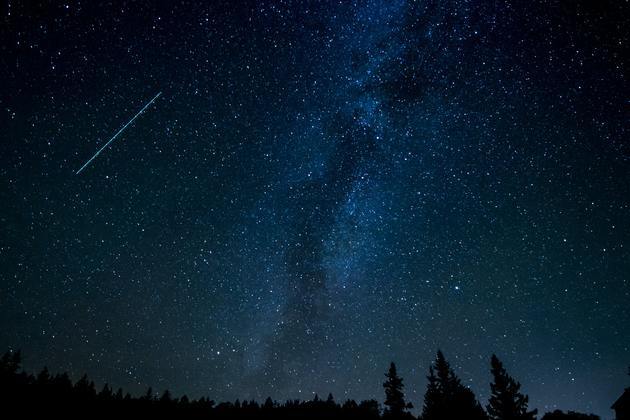The Perseid meteor shower, also known as the Perseids, is one of the biggest summer celestial phenomena of the year. It is cheduled to reach peak illumination between 11 and 13 August in 2023.
The meteor shower is more significant this year as the moon will be in the crescent phase with just 10 per cent illumination, aiding better visibility. This will make it easier for stargazers to witness the event. Known to be long-lasting and extremely bright, here is all you need to know about the Perseids.
What is the Perseid meteor shower?
The Perseids is a spectacular show of meteors that usually lasts longer than other showers. The highest recorded activity count is over 100 meteors per hour with a 59 km per second velocity, according to NASA.
The shower began this year on July 14, and will continue until September 1, though not as many meteors will be visible after the peak. This phenomenon reaches its peak only in mid-August. Originating from the comet 109P/Swift-Tuttle, the meteor shower is named after the constellation Perseus, from where it appears to radiate.
The comet Swift-Tuttle takes around 133 years to orbit the Sun. During this journey, it leaves a debris trail, comprising bits of comet particles and pieces of broken asteroids. When the Earth crosses this path, the debris collides with its atmosphere, creating brilliant streaks of light. Last seen from Earth in 1992, the comet will be next seen in 2126.
Viewing tips to witness the meteors
While you do not need a telescope or other gadgets to catch the Perseids, you should adequately prepare to view meteor showers.
It is essential to find a spot in the night sky far away from the blinding city lights. As your eyes get used to the darkness after 20 to 30 minutes, you can witness the magic of this meteor shower.
Consult a sky map app to identify the direction of the radiant point of the meteor, which should be near the Perseus constellation.
Do Perseid meteors ever hit the ground?
Meteors that hit the ground intact are called meteorites. But few - if any - meteors in annual showers become meteorites. That’s primarily because of the flimsy nature of cometary debris. Comets are made of ices. Most meteorites, on the other hand, are the remains of rocky or metallic asteroids.
You can catch several major meteor showers later this year on the following dates:
- Orionids: October 21-21
- Southern Taurids: November 4-5
- Northern Taurids: November 11-12
- Leonids : November 17-18
- Geminids: December 13-14
- Ursids: December 21-22






